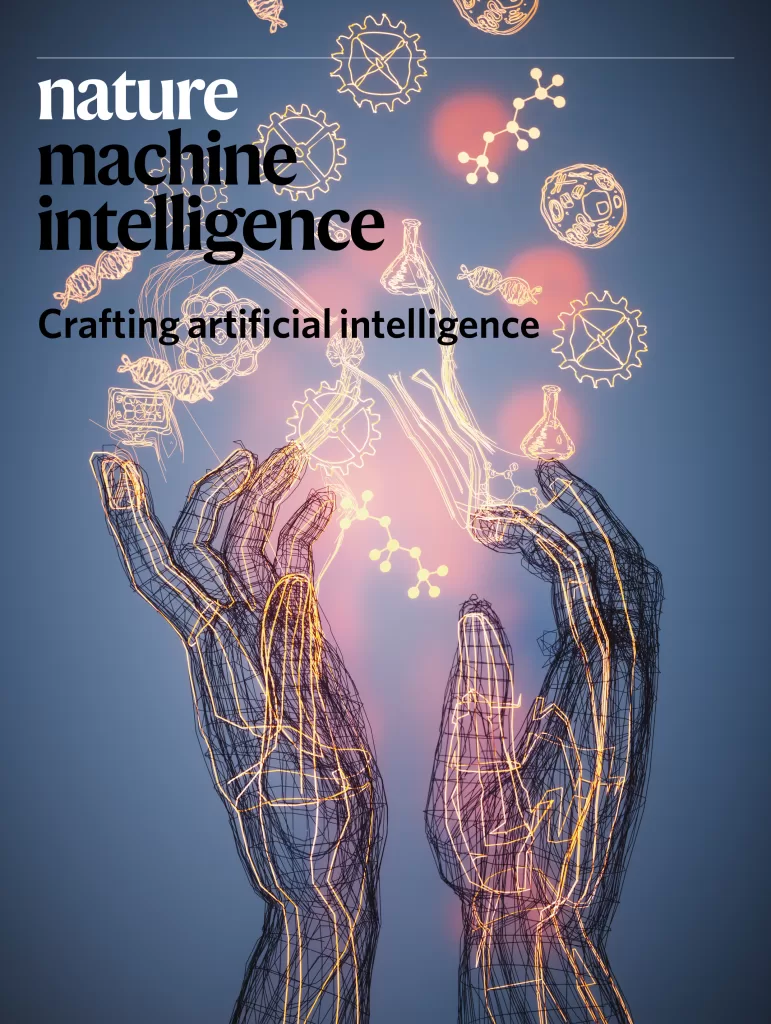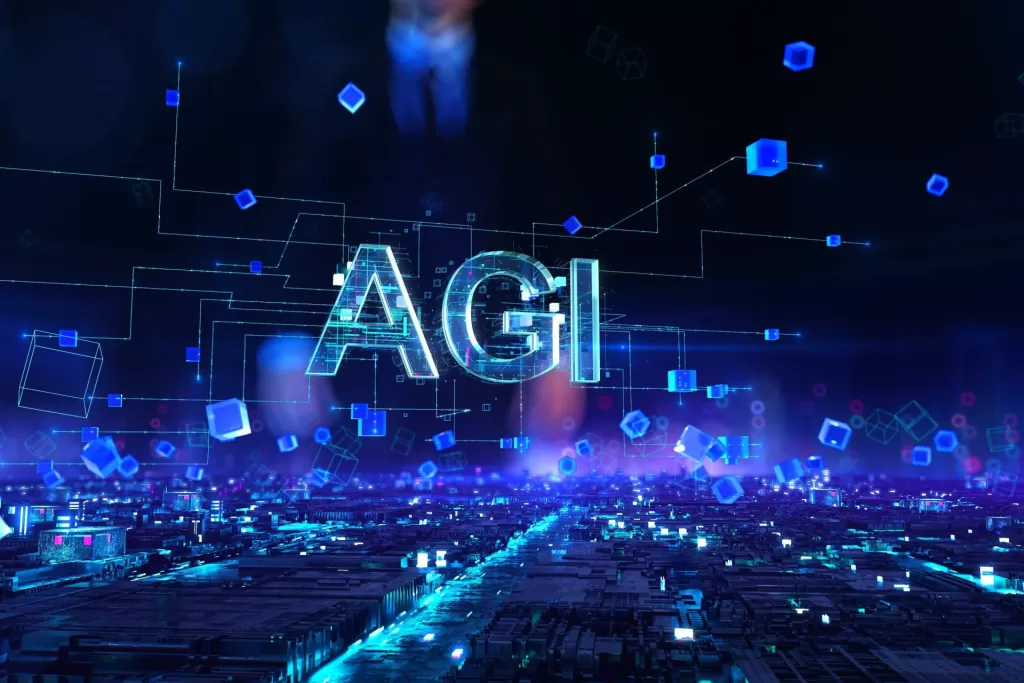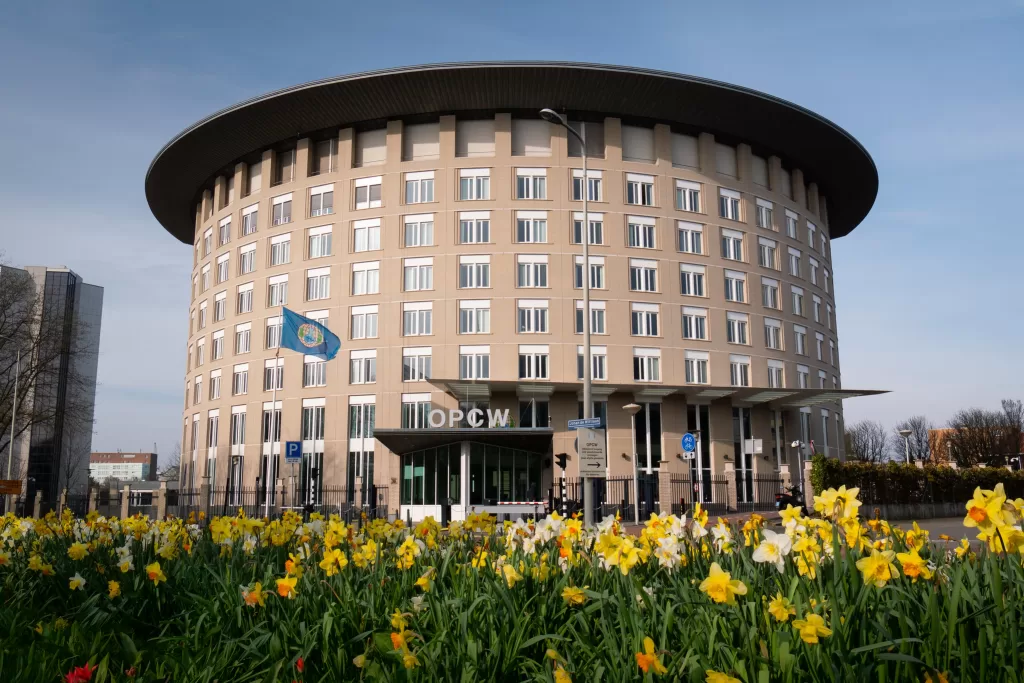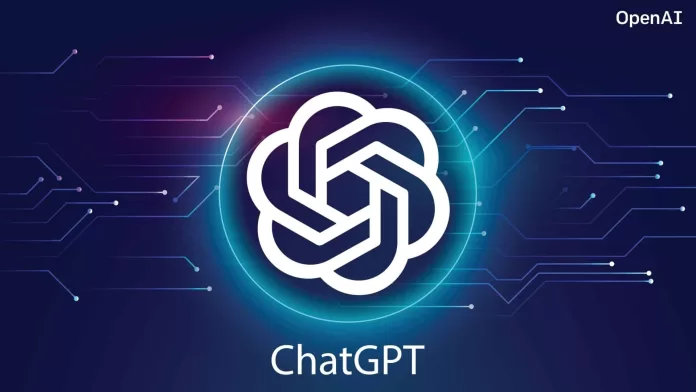The Organization for the Prohibition of Chemical Weapons (OPCW) is the horizon where almost all the nations agreed to address a common concern of eradicating Chemical Weapons (CWs). Generally speaking, OPCW is working against proliferation of CWs. It thrives to achieve this goal through various arrangements ranging from restrictions on production and transportation to destruction of existing stockpiles including the production facilities. It imposes various measures on its states parties that ensure effective implementation of the Chemical Weapons Convention (CWC) without compromising the industrial developments. Till now, the OPCW has been very successful in the implementation of CWC. Seeing its contributions towards the non-proliferation efforts, it has been awarded with Noble Prize in the category of global peace in 2013.
This success story of the OPCW does not guarantee its effectiveness in the future. It has been highlighted by the OPCW that the re-emergence of CWs is still a threat due to new factors pertaining to rapid developments in dual nature science and technology applications. These scientific and technological advancements have capabilities to introduce ways and means to bypass CWC restrictions. The most precarious is the combination of Artificial Intelligence (AI) coupled with Additive Manufacturing (AM). Although these also present opportunities in favour of the OPCW’s work, effective implementation of CWC and towards peaceful uses of science and technology, but it requires rigorous anticipatory R&D and regulatory measures to shunt their negative impacts.
With the wide-spread use of ChatGPT and other such bots, the idea of how AI works is well understood by masses and specialists in the chemistry field. However, AM is relatively new. The power of AI and the versatility of AM can lead to significant advancements and efficiencies in the manufacturing process.
Their disruptive impact can be seen in several ways throughout the life cycle of AM that starts with design, goes through preprocessing, printing and ends at post processing. AI through its power of speedy data crunching and algorithms is forming abilities that may be employed to optimize designs for AM thus achieving goals in no time and a setup of AM- enabled automated manufacturing system may emerge.
Notwithstanding the above, while AM may offer alternate production pathways for certain dual-use materials, it may involve additional hurdles (technical, knowledge-based, or in-process development) that would not justify the effort. It is also worth mentioning that that technology is widening its applications and a serious potential of dual nature exists. Therefore, continued monitoring of this rapidly maturing field is highly defensible and advisable.
Recently, a paper was published in the journal “Nature Machine Intelligence”. The researchers successfully predicted 40,000 lethal chemicals some of which exhibit lethality similar to the VX agent. Together with AM, all such predictions may come into existence. Such implications have profound consequences on the CWC and these should raise alarm at the OPCW. This kind of emerging threats may be invisible by the conventional technologies thus making all chemical related treaties / bilateral / multilateral agreements / conventions outdated in terms of non-proliferation and disarmament efforts.
The complexity involved in handling new chemicals for the convention can be illustrated by the case of Novichoks. These were designed with the sole purpose of being highly secretive, undetectable and more lethal than existing ones. These agents were considered to be attractive to both terrorist groups and state actors involved in chemical warfare.
The development, possession and use of Novichoks sparked international security concerns. Incidents that supposedly involved Novichok’s use, exhibited a degree of complexity in attribution and determining their origin. They were being advocated as riot control agents by various supporters. Although, AI and AM have no role in the development of Novichoks, however, this case gives the idea of the complexity involved in the analysis and identification process and complications in regulating new chemicals through CWC. With the capabilities of AI and AM in the hands of perpetrators, such cases may become widespread due to development of new chemicals that might have specific properties undetectable through traditional methods.
The synthesizer of such chemicals can keep them secret for an unpredictable time as was the case with Novichoks. If used in warfare or in a terrorist attack, tracing their origin and assigning responsibility of misuse or illegal production could present significant challenges.
It took years for OPCW to include Novichoks in the CWC scheduled list, what will happen when there is an outburst of similar substances. This calls for regulatory measures on AI and AM.
In the near future, most of the current limitations in the AI field will likely be overcome with the emergence of more efficient algorithms and ease of access to the reported data. With the launch of ChatGPT, the world has tasted the power of AI all of a sudden. Time is not far when, again all of sudden, Artificial General Intelligence (AGI) would capture the R&D space. This will be the time when AGI would unleash the power of AM and many other technologies that are at present lurking behind the shadows of uncertainty and impossibility.

With the predictive abilities of AI coupled with synthesis through AM, an outburst of new chemicals is envisioned to materialize that would have toxicity at par with the scheduled chemicals. OPCW will likely require to closely collaborate with other watchdogs in monitoring the regulatory aspects of these technologies to minimize impact. It is not known how AI and AM would be used to formulate ways to circumvent CWC obligations, few examples to elaborate the impact on CWC and OPCW are given in succeeding paras.
Identifying and classifying newly developed chemicals can be challenging for the OPCW as their properties and potential uses may be unknown. New chemical discoveries may not be adequately covered by the existing detection and identification methods and equipment, making it harder to detect unauthorized or non-declared substances. Similarly, the OPCW may face difficulties in determining the appropriate classification of these new compounds, which could impact the application of relevant regulations.
Frequent appearance of such chemicals would over-burden the OPCW and all its allied setups. For example, the SAB may have to increase number of members to tackle the situation. Extra CSP sessions on short notices may be required to be convened for timely decision making. The OPCW’s Central Analytical Database (OCAD) may require frequent changes. The proficiency-testing regime may change after the era of AI and a lot of extra study / scenarios would be required.
It is strongly argued that many new technical skills may be required at the OPCW and in national authorities. For example, the skill set required for the induction in Chemical Production Technologists (Inspectors) may include not only chemistry, chemical / material engineering but also the expertise in AI and AM to identify minor reversible changes in the process / emission equipment. Furthermore, in the technology driven world, a vast range of facilities has to be declared to the OPCW that would result in the over-burdening of the Routine Inspection regime in terms of increase in size of inspection teams and inspection missions with deployment of inspectors having new skill sets.
OPCW personnel may need continuous training and education to keep up with the latest scientific advancements and developments in the field of chemistry. The entire setup of OPCW’s training for its technical employees will require a redo to ensure that they can effectively address the challenges posed by new chemical discoveries.
States’ parties with advanced technologies will be able to contribute significantly in the OPCW re-shaping. The states parties with limited knowledge and technology would become dormant in the decision making process and technologically advanced states parties would use them as per their own motives. New chemical discoveries might include substances with legitimate industrial or scientific applications but could also be misused for developing chemical weapons.
The OPCW must find a balance between facilitating beneficial uses of these chemicals while preventing their misuse for harmful purposes. It relies on cooperation between member states and the broader scientific community to enhance its capabilities.
As chemical discoveries occur globally, international cooperation and assistance would become crucial and need for information and intelligence sharing about new chemicals would certainly enhance. This scenario would greatly affect many articles of the CWC and would require updating the entire text. The text was finalized after it had been agreed upon by all states parties.
However, this does not guarantee that all states parties would again agree to the required amendments in the text. The articles that are mostly deemed vulnerable to these scenarios are Article-I, Article VI, Article-VII, Article VIII, Article-X and Article-XI. Above all, annexures on schedule chemicals, verification and confidentiality will require frequent redo.
OPCW and all member states that have active national protection programmes would be forced to frequent purchases of equipment and allied training prerequisites. It would also affect exercise protocols, contents of OPCW international courses, inspection activities, disaster management protocols, safety and security guidelines etc.
Consequently, with the widespread adoption of AI and AM round the globe, a gap in expertise within the OPCW could generate an immediate short term chaos in addressing CWC compliance and chemical safety and security concerns.

On one hand, AI and AM have the impending capabilities to augment forensic analysis conducted by the OPCW for attribution mechanism, on the other hand, these also present opportunities for perpetrators to evade attribution procedures through creation of alternate hypothetical stories of the event by faking physical indications. Specifically designed confusing or misleading patterns would certainly further strengthen their stealth measures Certain measures could also be developed through AI and AM that could hide chemical signatures thus masking the true nature of chemical event.
Concerning the chemical production facilities, AM can be effectively used to develop parts that alter chemical reaction process that could debilitate the understanding of investigators to comprehend actual substances and mechanism involved in chemical reaction.
Furthermore, it can aid in developing unconventional delivery means to mystify and conceal the origin of the chemical attack. There is also another predicament or limitation for the OPCW. If it chooses to use AI and AM for its forensic analysis, there could be legal consequences. The employment of AI and AM by the OPCW for forensic analysis could raise queries on acceptability of evidence generated by AI and AM.
Therefore, the OPCW would need to update itself in terms of legality and policy forming and their implementation to address new opportunities and challenges. It would require updating existing legal frameworks and policies, including the CWC text which the OPCW enforces.
Way Forward
To tackle these challenges, the OPCW needs to remain vigilant, adaptable and collaborative with member states and the broader scientific community. Moreover, the impacts of AI, AM and other interlinked technologies require a closer look and discussion in relevant forums like SAB, CSP etc., for understanding their impact on CWC regime.
To devise methods to tackle these threats, following few measures are suggested:
o A mechanism may be devised for reporting / declaration of predicted chemicals having properties similar to the scheduled chemicals. Any further R&D in this regard may also be intimated to the OPCW. The OPCW may monitor this activity through its updated verification regime.
o SAB is the right forum to address this challenge, and in coordination with ChemTech Centre, they may be able to devise an AI enabled tool to analyse the prospective chemicals and recommend which is to be included in the watch list.
o Each state party be encouraged to formulate regulations with regard to the AI and AM R&D and technologies. A generic guideline may be prepared and shared with all states parties to achieve the element of harmonization.
o An element of adaptability must be introduced in each and every article of the CWC (especially Article-I, and those articles that deal with declarations and verification).
o OPCW’s ChemTech Centre may serve as a technological hub for identifying risks, raising guard and equipping OPCW’s regional assistance and protection centres and promoting collaboration between states parties.

Way Forward for Pakistan
Pakistan is a responsible state party to the OPCW and has always contributed positively towards OPCW’s non-proliferation efforts. It has always been vocal at almost every forum of the OPCW in favor of restoration of the consensus based decision making system at OPCW. Furthermore, it has always advocated incorporation of technology in non-proliferation efforts through cooperation among states parties.
It was the first country to include AI topics in its training courses on assistance and protection against CWs at national and international level and has been successful in sensitizing the trainees about the forthcoming technological chaos. To address this, Pakistan has formulated a draft National Artificial Intelligence Policy which truthfully recognizes the need of the hour to embrace the AI and at the same time, it also stresses to acknowledge the responsible use of the technology. One major hurdle to implement AI systems in Pakistan is the non-availability of quality data. For example, as a case study, if we consider the health industry in Pakistan, it can be observed that there is no standardization of patient history / record (medical data) in hospitals. The hospitals especially private ones are only interested in those data of patients which is important for their business needs.
The AI policy should also talk about clean data collections in various fields that can be readily used in AI research. Additionally, the aspect of ethical guidelines has also been addressed in this draft policy, however it is necessary to prepare separate and detailed ethical guidelines for the research institutes/ academia/ industry (especially the pharmaceutical and chemical industry). Furthermore, CWC/ BTWC related acts/ regulations may also be updated to take into account the technological impacts on the effective implementation of these conventions.
Conclusion
Despite the challenges, the combination of AI and AM holds tremendous potential to revolutionize industries positively. In this regard, collaboration between experts in AI, chemistry, chemical/ material engineering and other related disciplines would be a major factor in harvesting the benefits of new technological horizons. Furthermore, updation of existing policies, formulation of requisite by-laws and ethical guidelines may help in regulating advancements and prioritizing safety and security at national and international level.





